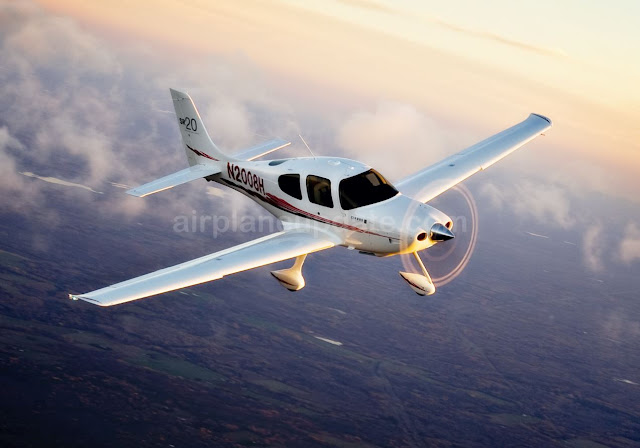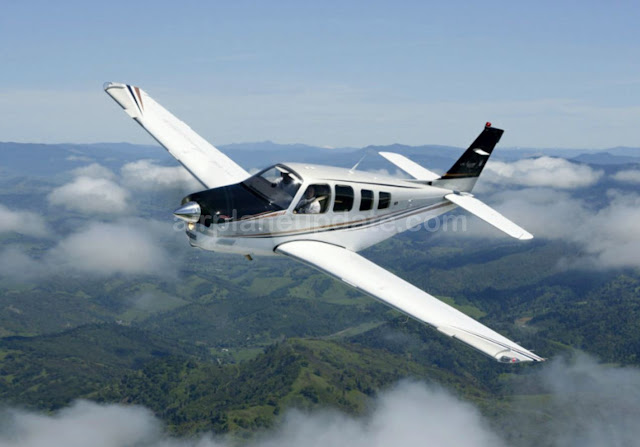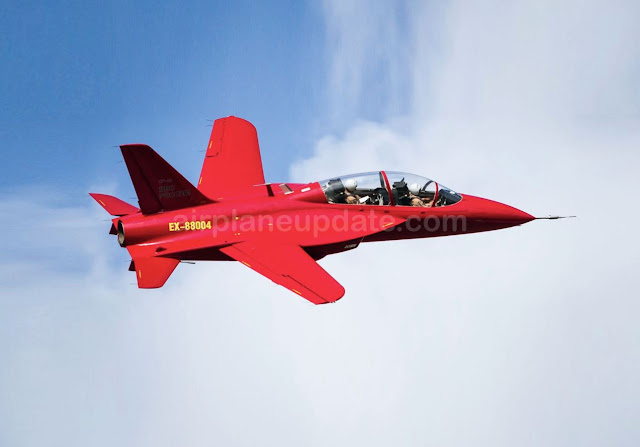Piper PA-34 Seneca V Specs, Interior, Cockpit and Price
Admin
01:00
Piper PA-34 Seneca V Specs, Interior, Cockpit and Price – The Piper PA-34 Seneca V is a lightweight, dual piston engined business aircraft manufactured by Piper Aircraft, United States. This is the latest variant for the PA-34 Seneca series aircraft, which includes PA-34 Seneca I, PA-34 Seneca II, PA-34 Seneca III, and PA-34 Seneca IV. Piper Aircraft launched the first Seneca V series production aircraft in 1997. The industry-proven design and smooth structure of the lightweight aircraft enabled it to carry out passenger transport, surveillance, reconnaissance and patrol missions. The aircraft can also be used for basic pilot training.

Dimensions of the Piper PA-34 Seneca V include a length of 8.7 m, a height of 3 m, and a wing span of 11.9 m. The maximum takeoff weight and weight that are equipped with aircraft standards are 2,155 kg and 1,561 kg, respectively. The aircraft can carry a maximum of 604 kg of standard useful load, while the fuel tank is designed to carry 462 l of usable fuel.

The automatic flight control system (AFCS) in the aircraft ensures the safety of personnel on board by improving handling quality. The optional Garmin Synthetic Vision Technology (SVT) gives pilots a 3D picture of terrain, airports, water reserves, obstacles and traffic.
The Piper PA-34 Seneca V aircraft is also equipped with a GWX 68 weather radar, a traffic advisory system and a warning and terrain system (TAWS). Other optional equipment and systems include the GSR 56 Iridum transceiver, BendixKing KR-87 ADF receiver, GDL 69SXM satellite radio, L3 WX-500 Stormscope and Vision 1000 flight data monitoring devices.


Piper PA-34 Seneca V Specs
The Piper PA-34 Seneca V airframe has a low wing configuration design, which allows for more lift and significant drag reduction. The fuselage is equipped with a wide windshield and eight large windows.Dimensions of the Piper PA-34 Seneca V include a length of 8.7 m, a height of 3 m, and a wing span of 11.9 m. The maximum takeoff weight and weight that are equipped with aircraft standards are 2,155 kg and 1,561 kg, respectively. The aircraft can carry a maximum of 604 kg of standard useful load, while the fuel tank is designed to carry 462 l of usable fuel.
Piper PA-34 Seneca V Engine and Performance
The Piper PA-34 Seneca V aircraft is powered by two Continental TSIO-360-RB engines equipped with an intercooler. Each engine produces a maximum power of 220 hp to drive the three-bladed McCauley Propeller propeller at constant speed. This aircraft can fly with a maximum speed of 370 km / h and a maximum range of 1,534 km with a 45-minute reserve. The aircraft requires a take-off distance of 520 m and a landing distance of 664 m. The service ceiling of the aircraft is 7,620 m, while the climbing rate is 1,455 ft / min.
Piper PA-34 Seneca V Cockpit and Avionics
The Piper PA-34 Seneca V cockpit is equipped with the Garmin G1000 avionics device which integrates a sophisticated communication and navigation system. High resolution screens provide environmental data, engine data, traffic, maps and graphics to increase the situational awareness of the crew. Further avionics suites include the GFC 700 autopilot system, digital audio panels, Garmin FliteCharts, transponders, electronic flight displays (EFD), air data computers and yaw dampening systems.The automatic flight control system (AFCS) in the aircraft ensures the safety of personnel on board by improving handling quality. The optional Garmin Synthetic Vision Technology (SVT) gives pilots a 3D picture of terrain, airports, water reserves, obstacles and traffic.
The Piper PA-34 Seneca V aircraft is also equipped with a GWX 68 weather radar, a traffic advisory system and a warning and terrain system (TAWS). Other optional equipment and systems include the GSR 56 Iridum transceiver, BendixKing KR-87 ADF receiver, GDL 69SXM satellite radio, L3 WX-500 Stormscope and Vision 1000 flight data monitoring devices.







































